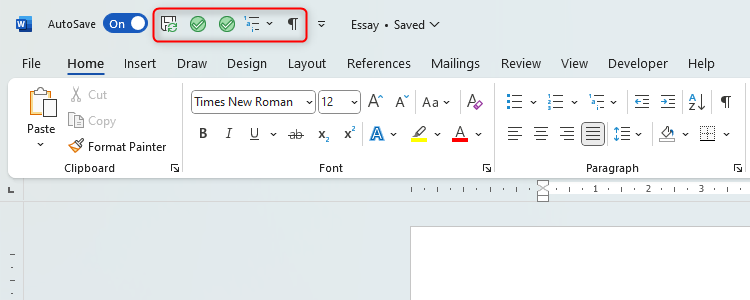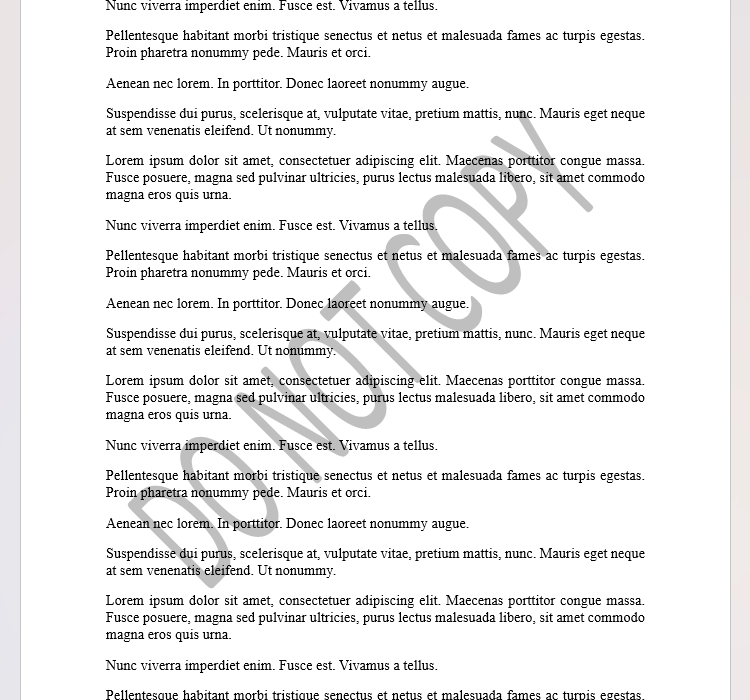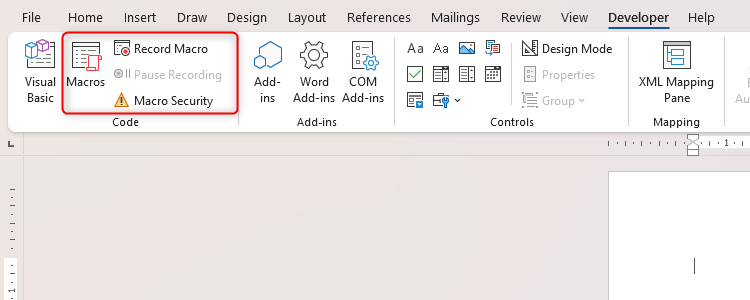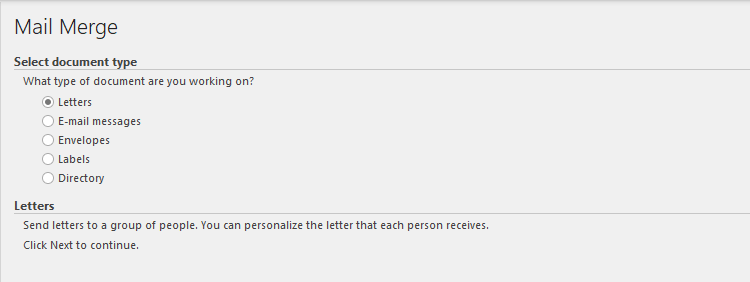Aside from the obvious benefit of being accessible offline, the Microsoft Word desktop app offers many tools you can’t use in its online counterpart. What’s more, many of those features are ones that, after using for years, I use every day and I simply couldn’t go without.
Don’t get me wrong—this is not a rant about why Word for the web isn’t any good. Indeed, the online version of the app is better than the desktop version in terms of its collaboration, and its user interface is easier to navigate. The Designer function, which helps you to create and modify great-looking documents, is also a great Word for the web offering. Instead, I’ll explain why I prefer using the desktop app and, in doing so, offer you some pointers if you’re struggling to decide whether to subscribe to Microsoft 365.
I have become so accustomed to using the desktop app’s Quick Access Toolbar (QAT) that it just feels wrong when I’m faced with the plainness of Word for the web’s ribbon.
The desktop app’s QAT lets you perform quick and repetitive actions with a single click, saving you from having to remember one of the many keyboard shortcuts or trawl through the various tabs, groups, and menus in the ribbon. What’s more, being able to customize what you see in the QAT on the desktop app makes the experience significantly more personalized than on the web version of the program, which feels far more corporate and less intuitive.
Watermarks Are Undervalued
Watermarks hold great value in your Word documents. For example, adding DO NOT COPY to your document’s background sends a clear message to anyone lucky enough to set their eyes on your masterpiece, especially if the work is so good that they’d be tempted to reuse it without your permission. Similarly, adding DRAFT tells the reader that the work is not yet finished, so they can forget about criticizing what you’ve done so far.
Likewise, adding a company logo as a watermark makes your documentation look much more professional to your clients and partners.
While you can see watermarks that are already added to a document when using Word for the web, you can’t change them or add new ones. The only option you have as an online Word user is to change the document’s background color.
Automate Tedious Tasks With Macros
Before I learned how to use them, I thought macros were intimidating pieces of code that you had to be an expert to use. However, I later realized this wasn’t the case, and now I use them all the time.
Macros let you automate tasks that would otherwise take several clicks, which is great if you often perform the same tedious series of commands within your Word document. For example, as a proofreader, I often receive documents containing curly quotes and straight quotes, and making them all the same would take time, and inevitably lead to mistakes. Instead, I’ve recorded a simple macro that turns all quotes curly, meaning a task that would otherwise take five to ten minutes in a large document takes merely one second.
While you can view, edit, print, and share documents containing macros in Word for the web, only the desktop app allows you to create and run them. As Microsoft says, “In Word for the web, you have to step through such tasks manually.”
Format Pages Differently
Page Breaks are essential for structuring and organizing your Word document exactly how you wish, such as separating a title page from the main body, or adding a bibliography at the end of your thesis. Perhaps this is why Microsoft has decided to enable this tool in Word for the web. After all, it’s no good repeatedly pressing Enter to move to the next page, as this can lead to significant formatting errors later down the line.
Having said that, an even more essential tool is the Section Break. As its name suggests, a Section Break allows you to break your document into hard sections, enabling you to add different formats and layouts to different parts of your work.
For example, you might want to have one page landscape and the next page portrait, or use Roman numerals for page numbers on the introductory pages and Arabic numbers for the rest of your work. Section Breaks let you do this, and they’re only available on Word’s desktop app.
Save Time With Mail Merge
Mail Merge lets you create and send personalized versions of bulk documents, such as letters, emails, or labels. I’ve even used the tool to generate highly individualized school reports as a teacher. And they’re not reserved for the workplace—you could use Mail Merge to create personalized wedding invitations, for example.
It’s easy to use via the desktop app’s built-in Mail Merge dialog box. If you want to go a step further, you can also use Word’s Mail Merge in conjunction with the Excel and Outlook desktop apps, making the process even more closely aligned with what you want to achieve.
Admittedly, this is quite a niche tool for justifying subscribing to Microsoft 365 for its desktop apps. But maybe this is because people perceive the function as being beyond their needs or abilities, when, in fact, it has so many uses and benefits and doesn’t take long to get used to.
Other Features Available Only in the Word App
- Insert basic charts—While I’d always recommend copying and pasting more complex charts from Excel to Word, you can create basic charts in the Word desktop app.
- Use ActiveX controls—The desktop app lets you add interactive elements, such as forms and drop-down lists—to make your document more interactive.
- Add embedded objects—You can embed Excel worksheets, PowerPoint presentations, and PDFs in your desktop Word document.
- Screenshots—Word’s desktop app has a built-in screenshot function, which lets you capture any of the windows you have open at that time, and insert them into your document.
- Add a bibliography, captions, and citations—If you’re trying to create a properly formatted academic document or research paper, you’d definitely have an easier time using the Word desktop app.
- Use signature lines—This feature is primarily reserved for professional use, so the Microsoft 365 business package would be the best option here.
- Compare and merge revisions—The Word desktop app lets you compare and merge two versions of the same document, displaying revision marks to show the differences.
Ultimately, Word online is a teaser, a slimline version of the program for more casual users, and this comes with the added benefit of being easier to navigate for less-accustomed users. Word for the web is also better for real-time collaboration, given its online functionality. But for those who need to execute more complex and customized tasks, it’s definitely worth paying for the Microsoft 365 subscription to get the desktop app.









